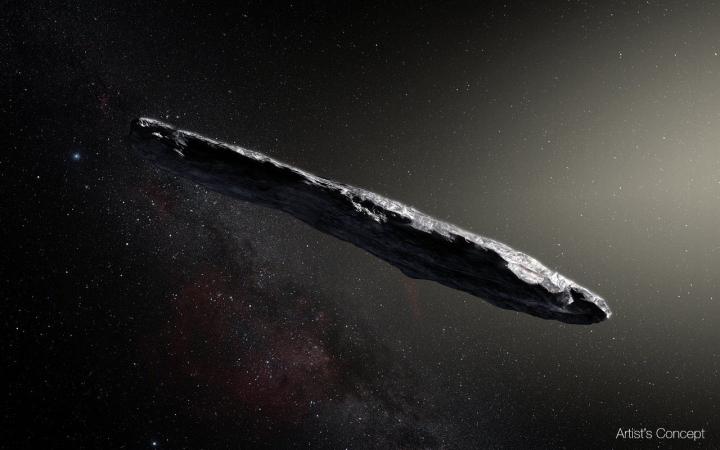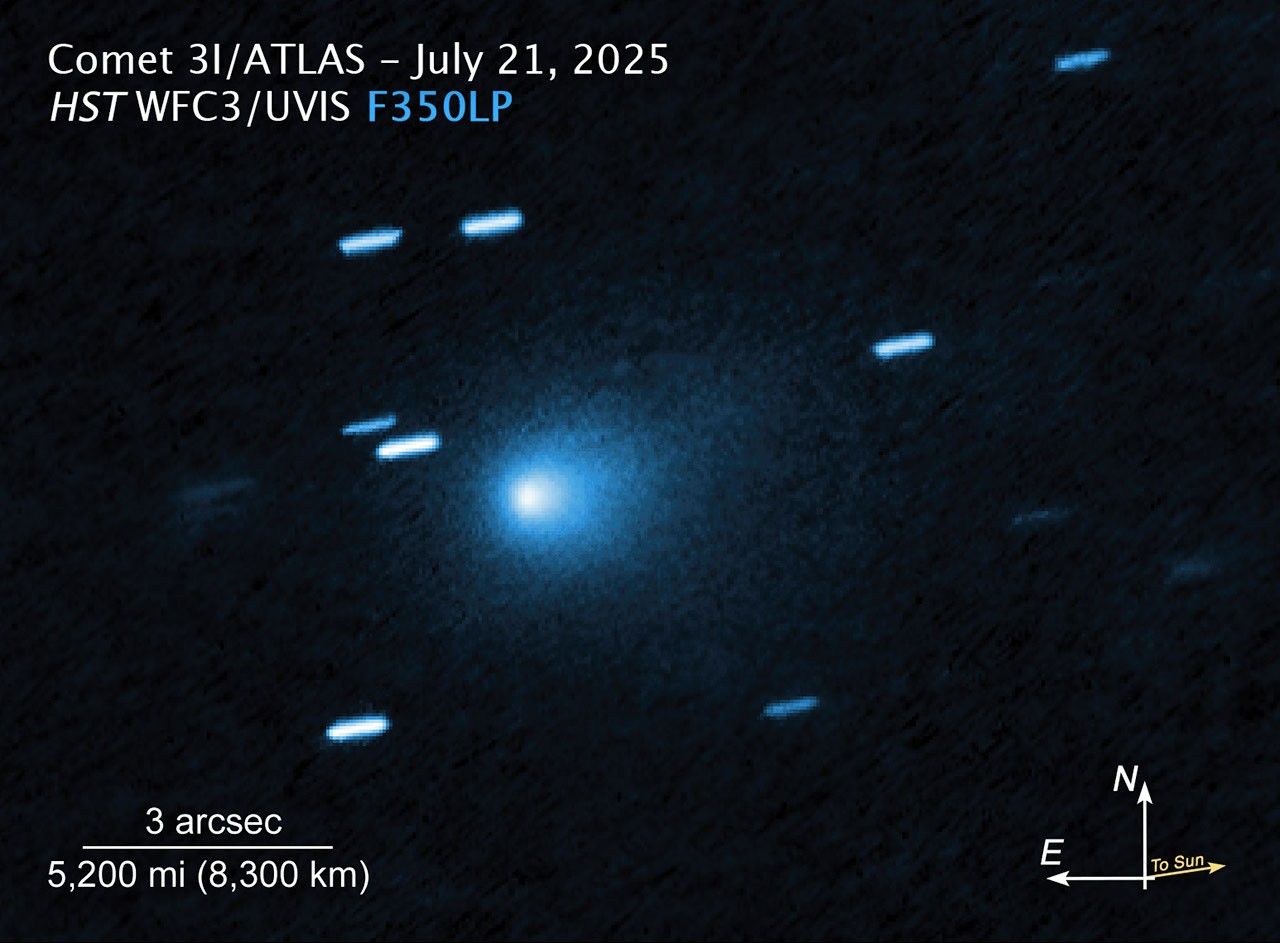
Introduction
The discovery of interstellar objects entering our solar system has captivated scientists and the public alike. These celestial bodies, originating from beyond our solar system, provide valuable insights into the formation and evolution of planetary systems. The recent identification of such objects has opened new avenues for research, allowing astronomers to study the characteristics of materials that predate our own solar system.
Recent Discoveries
In recent months, astronomers have continued to observe and analyse interstellar objects, with the most notable being Oumuamua, flagged as the first known interstellar visitor in 2017. This cigar-shaped rock exhibited unusual acceleration, prompting speculation about its composition and origin. Following its discovery, several more interstellar candidates have been identified, including 2I/Borisov, a comet that entered our solar system in 2019, suggesting that such interstellar travel might not be as rare as once thought.
These discoveries are significant because they challenge our understanding of the dynamics and behaviour of celestial objects. The European Space Agency’s recently launched Comet Interceptor aims to study the next interstellar comet, providing direct data on its structure and composition. This mission is set to yield crucial information that could inform theories about how cosmic materials come together and evolve in different environments.
Scientific Implications
The study of interstellar objects helps scientists answer questions about the origins of our solar system and the potential for life beyond Earth. By examining the chemicals and elements present in these objects, researchers hope to glean insights into the conditions that may have existed during the early formation of our solar system. Additionally, understanding the trajectory and composition of these objects creates opportunities for advancements in planetary defence strategies, especially as humanity prepares for future potential threats from space.
Conclusion
The exploration of interstellar objects in our solar system marks a new frontier in astronomy and planetary science. As technology and observational strategies advance, scientists anticipate discovering and characterising more such objects. The continued investigation into these cosmic travellers not only enriches our knowledge of the broader universe but may also lead to groundbreaking insights about the origins of our planet. As our tools and techniques improve, humanity may soon uncover the mysteries surrounding these extraordinary visitors.
You may also like

Exploring the Latest Strange Object in Our Solar System

NASA’s Discoveries: The Interstellar Comet 3I ATLAS
